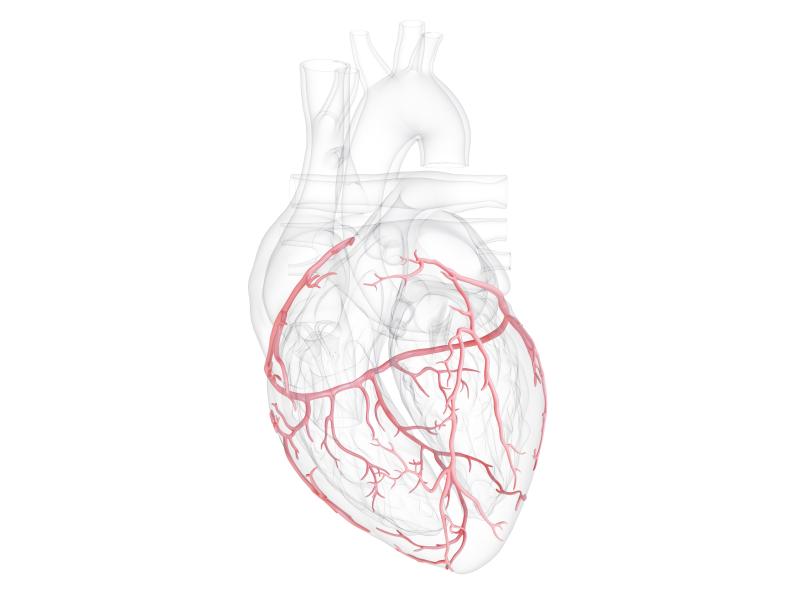
Coronary artery bypass grafting (CABG) reduces the risk nonfatal myocardial infarction (MI) and major adverse cardiovascular events (MACE) among diabetes mellitus (DM) patients with multivessel disease (MVD), according to a recent study presented at the Asia Congress of the European Society of Cardiology (ESC Asia 2019).
Drawing from the FREEDOM* Trial, researchers enrolled 1,263 diabetics who had undergone angiographic screening. Participants were then grouped into three according to the vessel involvement: none (n=610; mean age, 63.4±10.3 years; 56.6 percent male), one vessel (n=223; mean age, 64.6±9.9 years; 67.7 percent male) and ≥2 vessels (MVD; n=430; mean age, 65.7±10.0 years; 72.1 percent male).
The rates of MACE, nonfatal MI and mortality in the overall cohort were 29 percent, 10 percent and 21 percent, respectively. [ESC Asia 2019, abstract P187]
Stratifying according to angiographic findings showed that the mortality rate was only 17 percent in those whose diseases had no vessels involved. This climbed progressively with increasing vessel involvement, reaching 23 percent and 25 percent in patients with one-vessel and MVD, respectively (p<0.001).
The same trend was true for the occurrence nonfatal MI and MACEs. However, those with single vessel diseases showed the highest need for further revascularization (33 percent; p<0.001).
The type of treatment administered also appeared to have an important effect on late outcomes. Participants who underwent percutaneous coronary intervention (PCI), for instance, had the highest rates of MI, significantly exceeding that in both the CABG (6 percent) and medical therapy (MT; 7 percent) groups (p<0.001).
The need for further revascularization procedures was likewise highest in the PCI group (24 percent; p<0.001). Treatment modality had no such effect on late survival.
Taking additional consideration of baseline SYNTAX scores revealed more nuances in the interactions between vessel involvement, treatment and outcomes. In patients without any vessel involvement, for example, PCI resulted in an 18-percent mortality rate, lower than both MT (24 percent) and CABG (29 percent).
A similar comparative advantage was observed in participants with single-vessel disease, with corresponding mortality rates for PCI, CABG and MT of 19 percent, 33 percent and 33 percent.
However, the opposite was true in MVD patients, where CABG led to significantly lower rates of MACE relative to both PCI and MT (22 percent vs 40 percent and 51 percent; p<0.001).
The present study described the late outcomes in DM patients undergoing late angiographic screening. Results showed that CABG proved to be the most effective treatment option among those with greater disease severity, and that PCI was the best choice in low-vessel involvement cases. Patients with MVD who received medical therapy alone suffered the worst clinical outcomes.
*The Future Revascularization Evaluation in Patients with Diabetes Mellitus: Optimal Management of Multivessel Disease